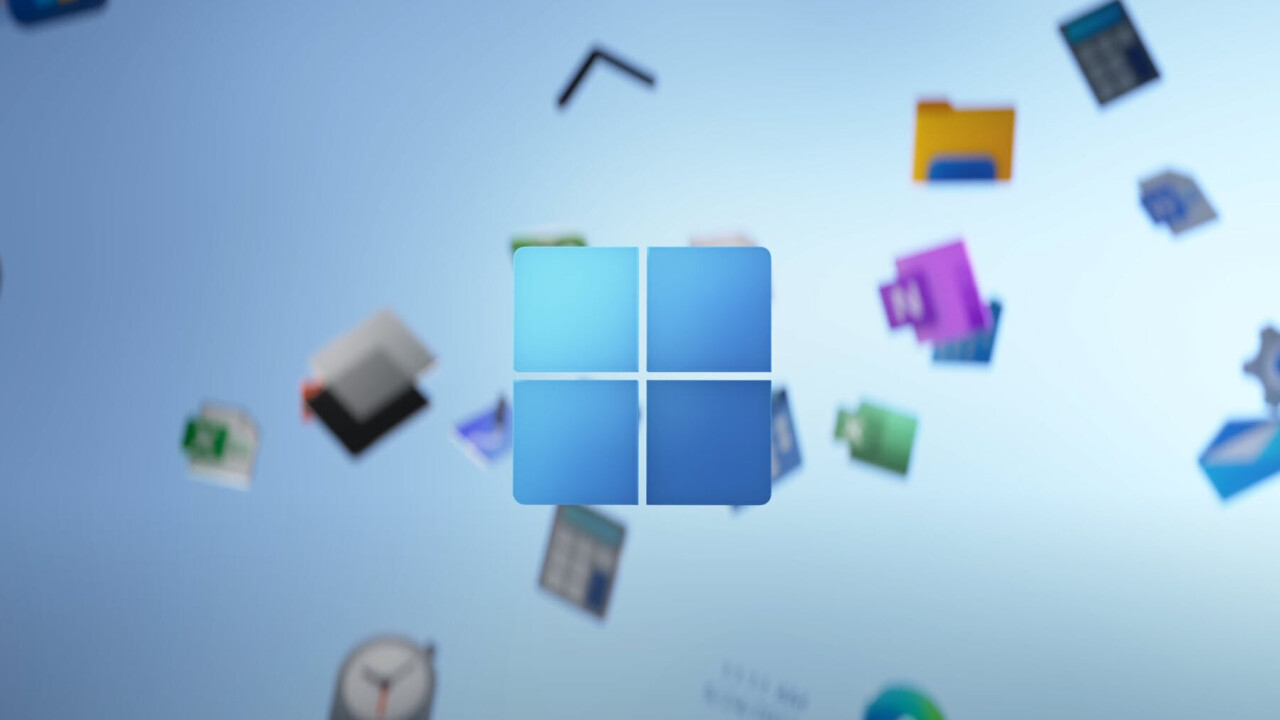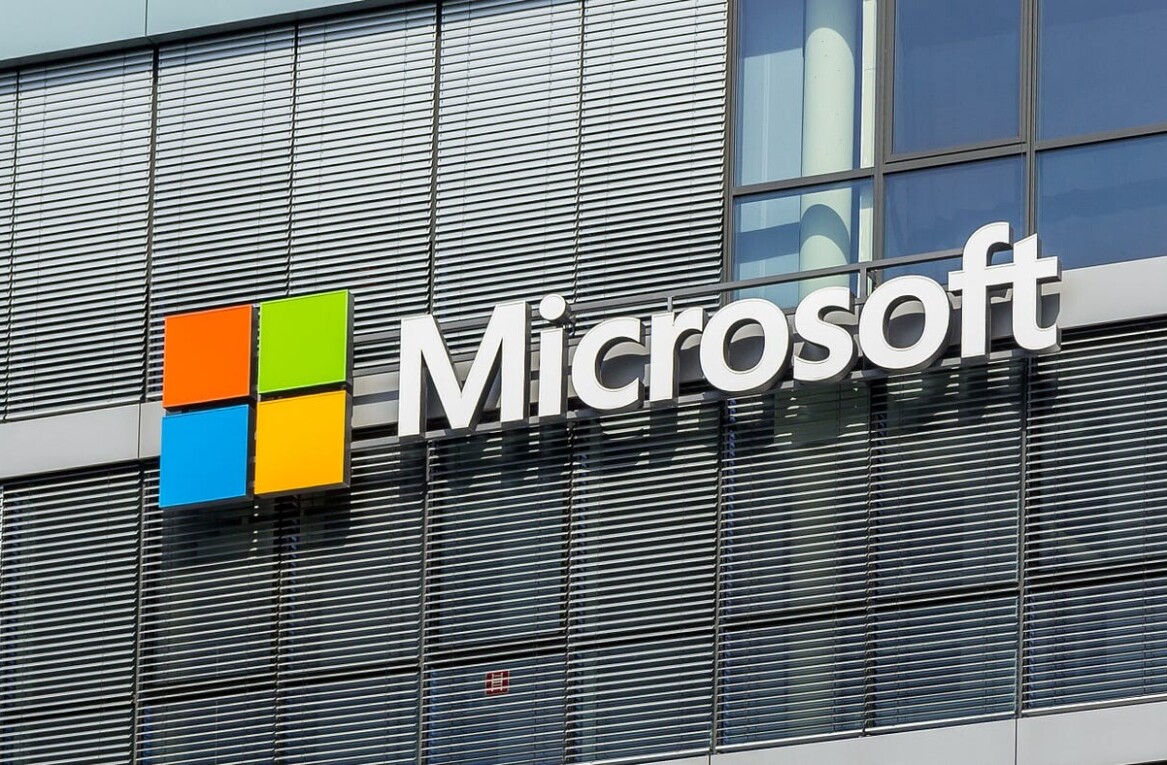
One of my biggest complaints about Windows 10 was that it was simply updated too often. I even wrote a little rant about it; two ‘major’ updates a year were simply too frequent and offered too little in the way of meaningful changes.
It turns out Microsoft had already decided on its update approach for Windows going forward. Although the announcement is a few weeks old now, I thought it was worth highlighting: Windows 11 is moving to a yearly update model, much like Android, iOS, and macOS.
To be clear, this is for significant feature updates, not smaller security updates and fixes, which will surely come more often. These annual updates, meanwhile, will arrive “in the second half of the calendar year” and offer two years of support for most users (three years for enterprise and education).
This is a great thing. You can read more about why I think Microsoft’s old update model was broken in this post, but here’s the gist of why a yearly system makes so much more sense:
- Semi-annual updates were confusing for users. Many if not most users didn’t realize when a major feature update happened, and likely missed out on important new features.
- Yearly updates also give Microsoft much more time to implement meaningful changes than a 6-month period.
- It also means Microsoft has more time to test things and not break people’s computers)
- Yearly feature updates set user expectations, much the same way Apple users know to expect a significant update every year. It won’t be as much of a surprise when your OS gets a new look or new features.
- It’s a little more exciting for Windows fans, and Microsoft can build up some hype around updates, which further spreads the word to set expectations.
- It means Microsoft can be bolder with updates, as opposed to trying to maintain a relatively consistent Windows 10 experience throughout updates. Trying to make Windows 10 be “the last version of Windows” limited what Microsoft could include with updates.
To be clear, I don’t know how Microsoft will go about naming these yearly updates. Perhaps we will get a Windows 12 next time around, or perhaps simply a Windows 11.1. But the move to an annual update cadence is without a doubt an improvement over Windows 10’s messy model.
Get the TNW newsletter
Get the most important tech news in your inbox each week.




